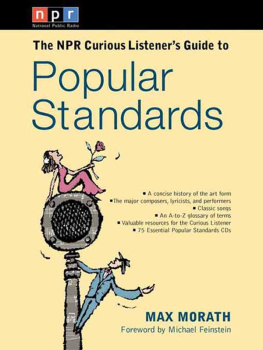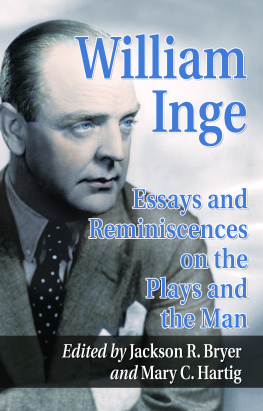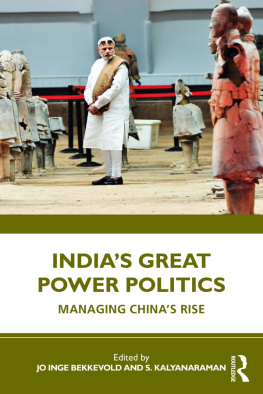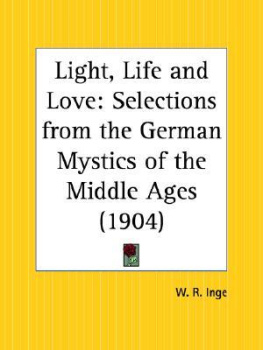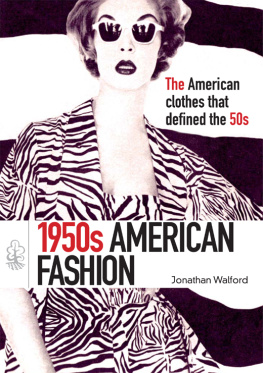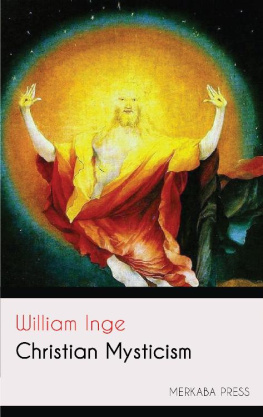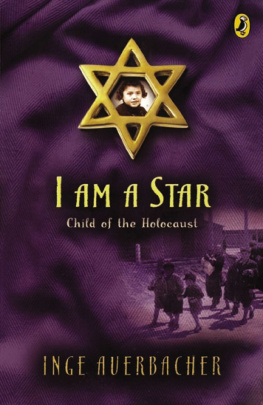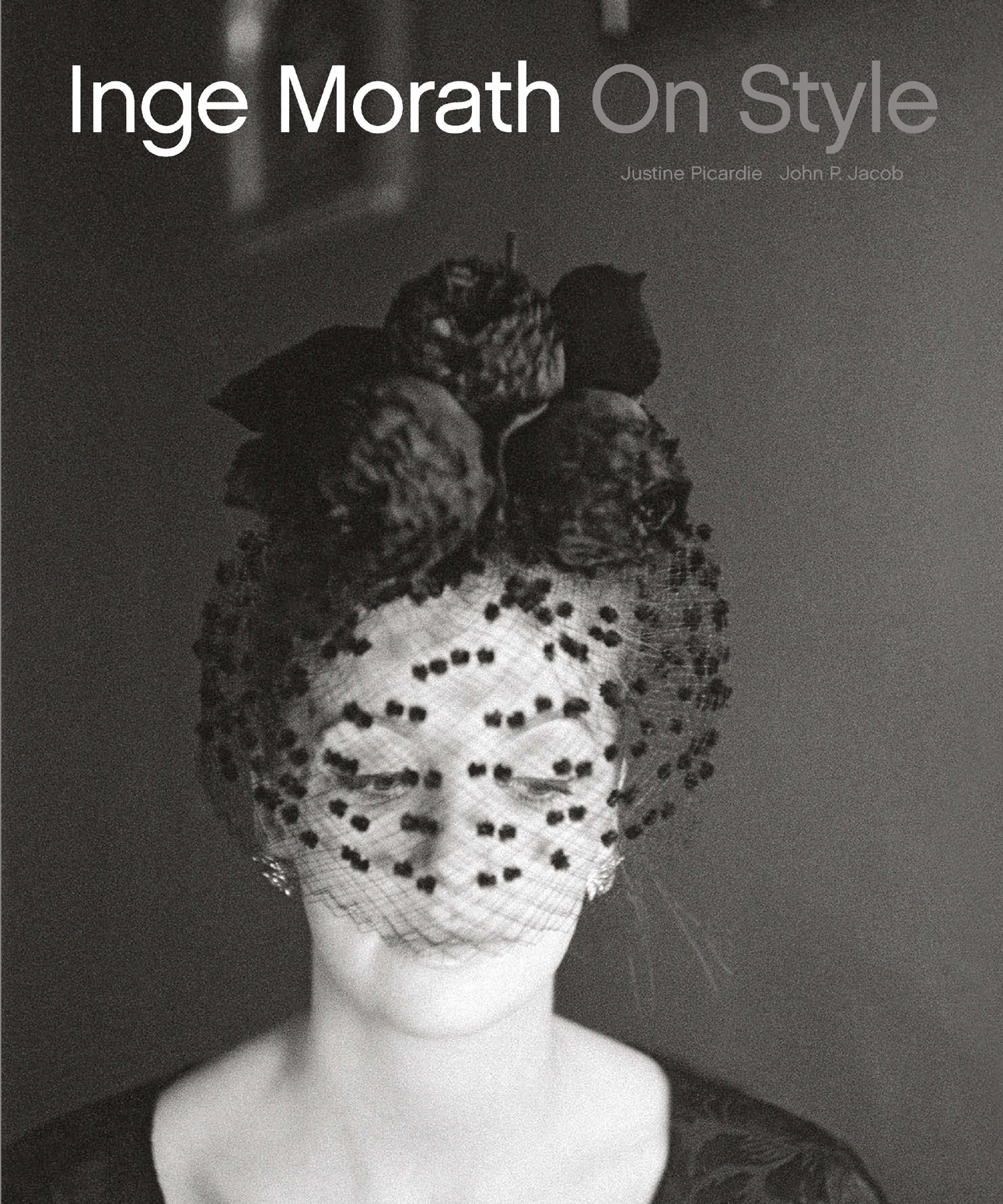
Introduction
Justine Picardie
Inge Morath photographed during her first reportage trip with Magnum
Photos, Capri, 1949, photographer unknown
In 1998, Inge Morath was interviewed by the New
York Times on the occasion of a retrospective com-
memorating her seventy-fifth birthday. During the
interview Morath told a story about her life in Berlin
during the Second World War, when, having refused
to join the Hitler Youth, she was drafted to work in an
airplane factory alongside Ukrainian prisoners of war.
The forced labor brought her into constant danger,
as the factory was a frequent target for Allied attacks.
Between the bombings, said Morath, someone once
gave me a bouquet of lilacs and I held them up over my
head and ran through the bombed-out city.
Though this memorable image was created in words
rather than pictures, it might also be a clue to under-
standing the profound depth and subtlety of Moraths
photographs, even when she appears to be exploring
the beautiful surfaces of style. For all her wit and light-
ness of touch, there is often a sense of darkness beyond
the edge of the frame. How could it be otherwise, given
what she witnessed during the war?
Born in Austria in 1923, Ingeborg Morath was the
child of liberal Protestants, both research scientists. The
family was living in Germany at the outbreak of war,
and the horror and suffering that Morath witnessed
thereafter was to have a profound and enduring effect.
In the same interview with the New York Times (con-
ducted less than four years before her death), Morath
offered another telling image of her wartime experi-
ence: Everyone was dead or half dead. I walked by
dead horses, by women with dead babies in their arms.
I can't photograph war for this reason.
After the war, Morath's linguistic expertise led to
jobs as a translator and journalist in Munich and Vien-
na (she studied languages at university, and became
fluent in French, English, and Romanian as well as her
native German; to these, she later added Italian, Span-
ish, Russian, and Mandarin). By 1949, she was working
with the young Austrian photojournalist Ernst Haas,
and their talents were such that they attracted the
attention of Robert Capa, the legendary war photog-
rapher and co-founder of the Magnum agency (estab-
lished in 1947), who invited them to join him in Paris.
Interviewed by Alex Kershaw for his biography of Capa,
Morath recalled that she arrived in Paris on Bastille
Day 1949, and went straight to the Magnum office
on rue du Faubourg Saint-Honor. That night, Capa

took Morath out to dinner, and suggested that she
should acquire some stylish clothes; this she man-
aged soon afterwards, when she met the Spanish
couturier Cristbal Balenciaga at a party. I think he
liked me because I was doing this dicey stuff, and he
gave me a couple of suits, with pockets everywhere
for cameras and film. They were so elegantI still
have one! Anywayafter that, Balenciaga made all
my clothes for a long time.
There are several different ways that one might
interpret this story. It could be cited as evidence of
sexism (a macho war photographer telling a brave
young woman to dress in a more ladylike manner)
or of practical necessity (a smart suit would allow
Morath to make her way in the world). More likely
is that Capaborn Endre Friedmann in Budapest in
1913was possessed of an innate understanding of
style, since his parents had been successful dress-
makers. But what is also striking is the degree to
which Morath must have charmed the famously shy
Balenciaga, for he not only dressed her but subse-
quently allowed her to photograph him at home in
1959, at his country home, La Reinerie, near Paris.
By this point, a decade after her arrival in Paris,
she was a distinguished photographer in her own
right, and had been recognized as such by Mag-
num. (Having first joined the agency as a writer and
researcher, assisting its co-founder Henri Cartier-
Bresson, she became a full member in 1955).
Unlike her mentor Capawho died in 1954 after
stepping on a land mine while on assignment in
VietnamMorath continued to eschew war pho-
tography. But her courage and adventurous spirit
was never in doubt; her many foreign assignments
included a trip to Iran in the mid-fifties, where she
travelled alone for most of the time, dressed in a
traditional chador.
Morath was equally adept at discovering new
stories in more familiar places. In 1951, she moved
to London, where she started working for
Picture
Post and was briefly married to one of its journal-
ists, and subsequent editor, Lionel Birch. (She was
his sixth wife, and though the marriage lasted only
briefly, Birch, undaunted, went on to marry for a
seventh time.) Her atmospheric photographs of
London in the early fifties are a glimpse into a lost
world that was still clinging to the vestiges of tradi-
tion, such as the debutantes presentation at Court
and the customary rituals of the social season. Thus
one of Moraths most famous portraits, that of the


